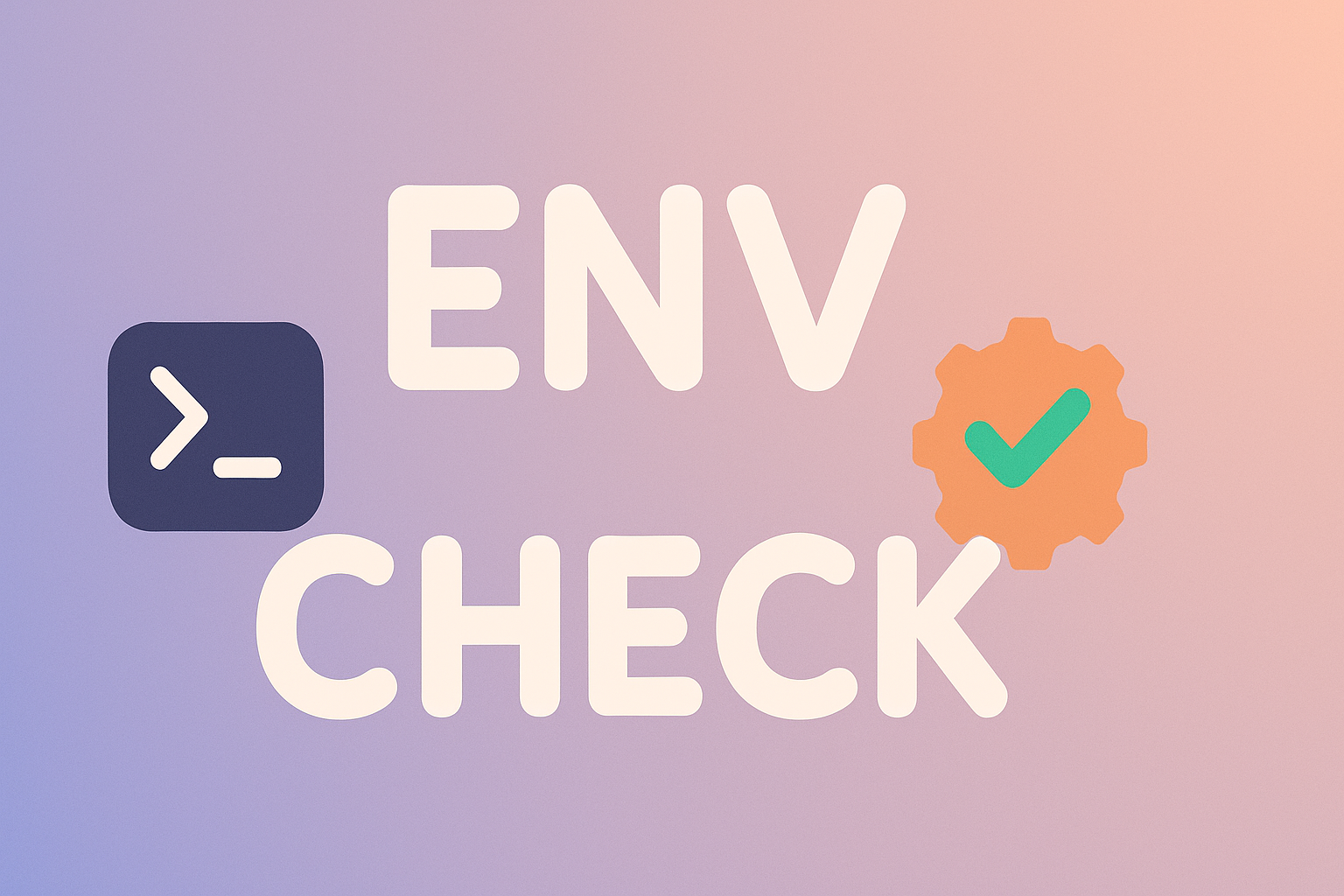📡 Streaming 101 with Spark: file/Auto Loader → console (no installs)
1‑line value: Spin up Structured Streaming without external services: read files (Auto Loader or classic file source), do a tiny transform, and print to console. Executive summary Use file-based streaming instead of rate: either Auto Loader (cloudFiles) on Databricks or the built‑in file source on vanilla Spark. Works with existing public/sample data—no Kafka, no sockets, no netcat. Add a tiny transform (filter + derived column) and stream to console for instant feedback. Tune throughput/latency with trigger(availableNow=True) (one‑shot catch‑up) or processingTime (micro‑batches). Include copy‑ready snippets, plus a minimalist checklist to move toward production. 1) Problem & context I want a minimal streaming skeleton that anyone can run today—locally or on Databricks—without provisioning brokers or external services. The goal: read → transform → print to validate the pipeline shape and metrics. ...
